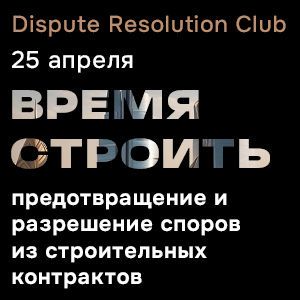Transnational Dispute Management 1 (2020) – Post-soviet and Greater Eurasian Space
 TDM – overview of the Special issue (editorial)
TDM – overview of the Special issue (editorial)
Volume 17 – Issue #01 – January 2020 – 3
The rules of cross-border trade and investment in Eurasian space are undergoing a significant transformation. The latter results from the shift in trade routes across post-Soviet jurisdictions, which still rely on natural resources’ trade and transit. Those are so far controlled by state-owned enterprises sometimes operating in joint ventures with Western investors. This shift could already be seen in dozens of rail connections bridging East Asia with Western Europe alongside the Silk Road Economic Belt (SREB). The number of cargo trains passing through Xinjiang, Kazakhstan, Russia and Belarus increases every year and today competes with the sea trade passing through Strait of Malakka. Road transport sees similar prospects after China has joined the TIR (Transit international routier) Convention in May 2018. In addition to the SREB, the melting ice of Arctic opened the Northern Sea Route (NSR) to the commercial shipping, raising questions of Russian maritime laws’ readiness to accommodate high-volume international sea transport, as well as the sustainability thereof. With the shifting trade routes come possible conflicts over transit and other potential disputes, hence, specific questions of choice of law or alternative dispute resolution (ADR) options for the sales, transport and service contracts.
Gradual changes in global trade patterns have coincided with trade facilitation efforts of a few former Soviet republics led by Russia aiming at the economic reintegration of the region. Their objective was to remove tariff and non-tariff barriers introduced by the newly independent states since the collapse of the Soviet Union.
After a number of earlier ill-fated regional economic integration endeavours, the Customs Union eventually launched in 2010 has indeed cut the rail transport time by a few days. Yet, the operation of even more ambitious Eurasian Economic Union (EAEU) underway since 2015 only further exposes the reluctance of leadership of the involved states to partially cede their sovereignty to supranational institutions. Additionally, the Eurasian project had to compete with a number of other regional trade facilitation efforts, including EU’s Eastern Partnership, US-backed GUAM (Georgia, Ukraine, Azerbaijan and Moldova), China’s Southern Corridor, and various prospects for the Pan-Turkic economic space considered by Turkey.
Since the 1990s, competition between integration projects in the area went hand-in-hand with a race for hydrocarbons marketable in Western Europe, and more recently in China.
online pharmacy https://www.mydentalplace.com/wp-content/uploads/2020/07/new/antabuse.html no prescription drugstore
The status quo in the region meant that access to upstream sectors was usually confined to state-controlled enterprises (SCE), or, at best, joint ventures between SCEs and foreign investors. Today this balance is likely to change, as, for example Chinese SCEs diversified the mix of previously mostly Western investors in energy projects in the region
whereas Russia’s entry into the LNG market through the NSR along with the exploitation of shelf deposits will likely shake up pipeline natural monopolies. In terms of dispute settlement, this means that such breed of investors might seek more of autonomous ADR systems instead of relying on governments’ diplomatic protection or local courts.
The themes of cross-border dispute resolution in Eurasia embrace today all three possible levels, namely, government-to-government, investor-to government, and business-to-business levels.
online pharmacy https://www.mydentalplace.com/wp-content/uploads/2020/07/new/azithromycin.html no prescription drugstore
To wit, at the government-to-government level, the Economic Court of the CIS and the EAEU Court pragmatically balance the supranational objectives of economic integration with the intergovernmental stance of sovereign interests of their member states.
online pharmacy https://www.mydentalplace.com/wp-content/uploads/2020/07/new/diflucan.html no prescription drugstore
The investors / business-to-government disputes in the region feature prominently in energy, extractive, and infrastructure sectors in which investors, whether domestic or foreign, and whether private or government-backed, cannot operate without exclusive rights granted by the host governments. At the business-to-business level, world’s major arbitration institutions, particularly the Hong Kong International Arbitration Centre (HKIAC) have expressed their interest in helping to solve SREB-related disputes, presenting themselves as impartial fora for both Chinese businesses going global and their counterparties in former Soviet republics. Meanwhile, with about 300 cases per year, the International Commercial Arbitration
Court (ICAC) at the Chamber of Commerce and Industry of the Russian Federation (RFCCI) has been a rather vibrant ADR institution, even despite a parallel regional tendency to outsource ADR to the Arbitration Institute of the Stockholm Chamber of Commerce (SCC) or to Vienna International Arbitral Centre (VIAC).











